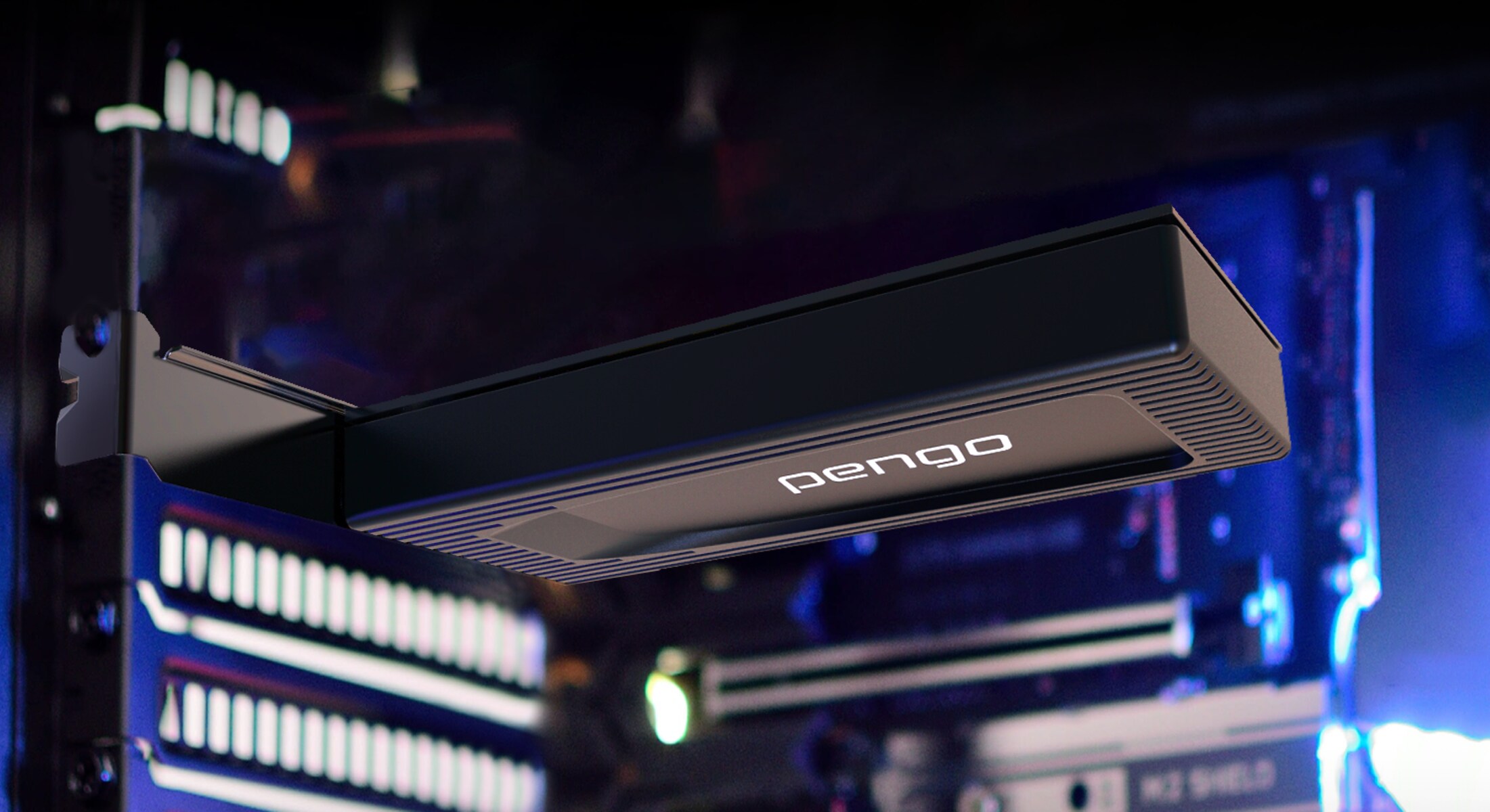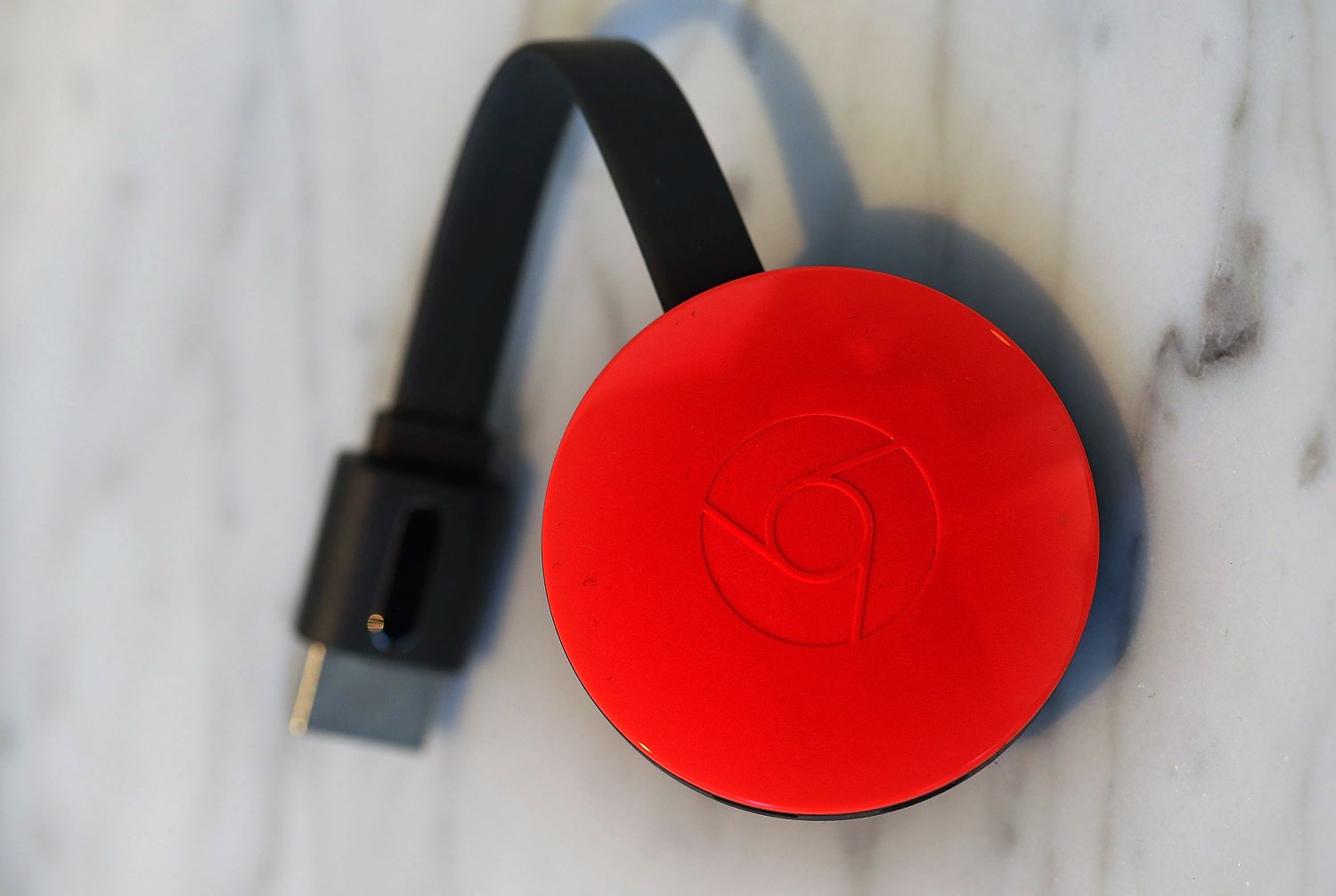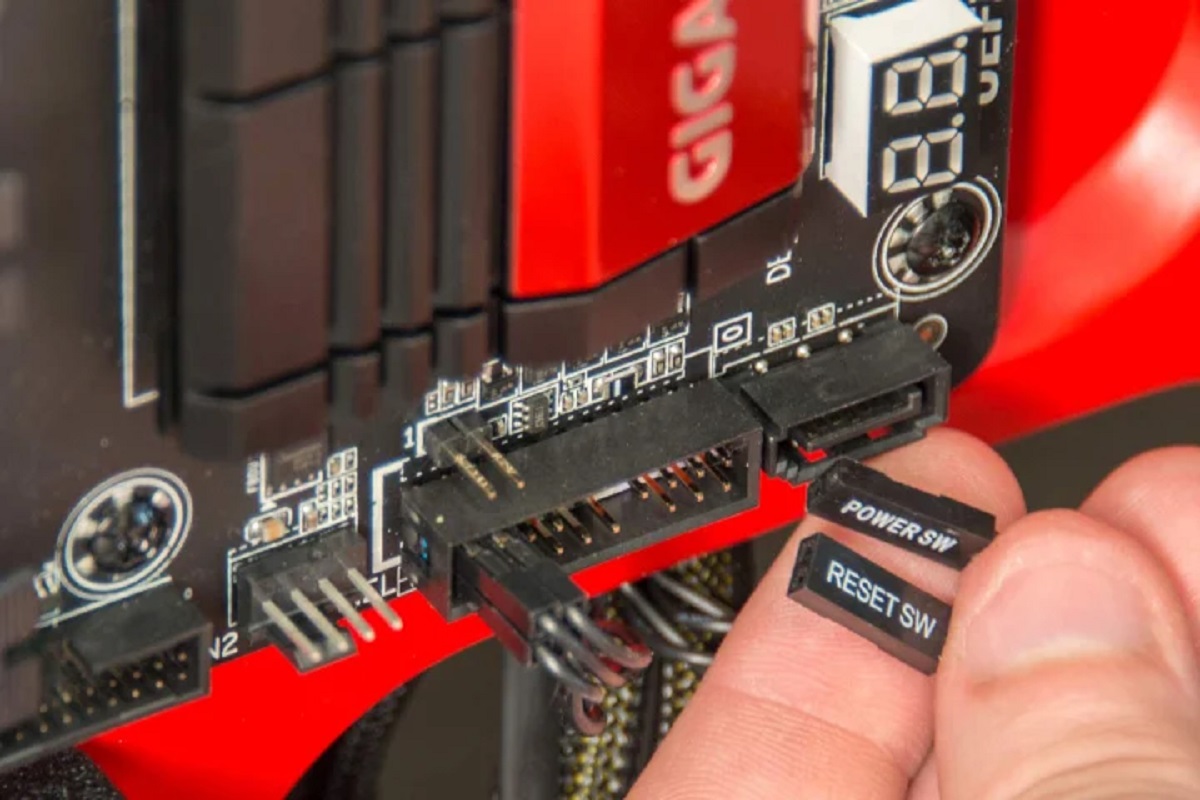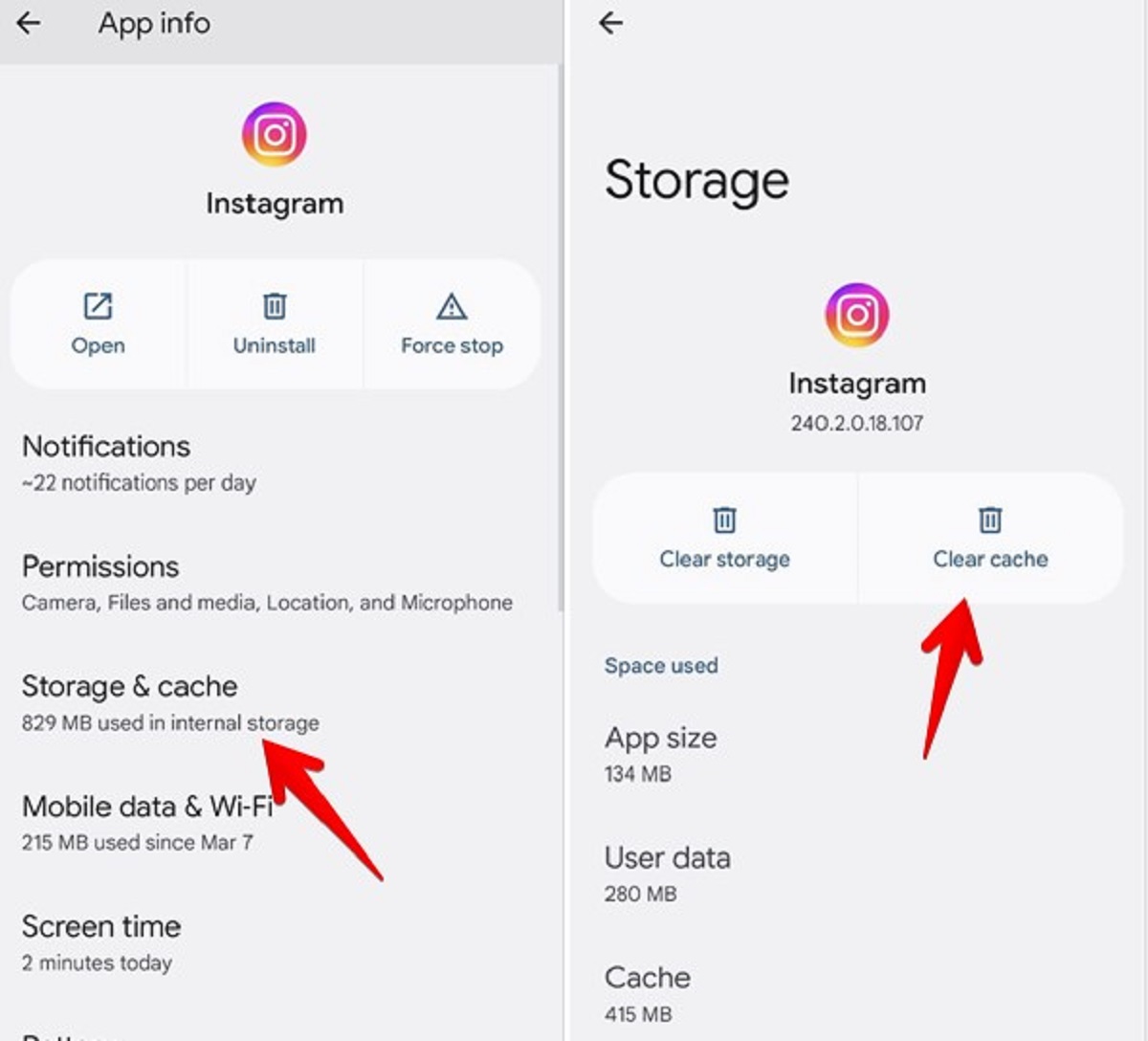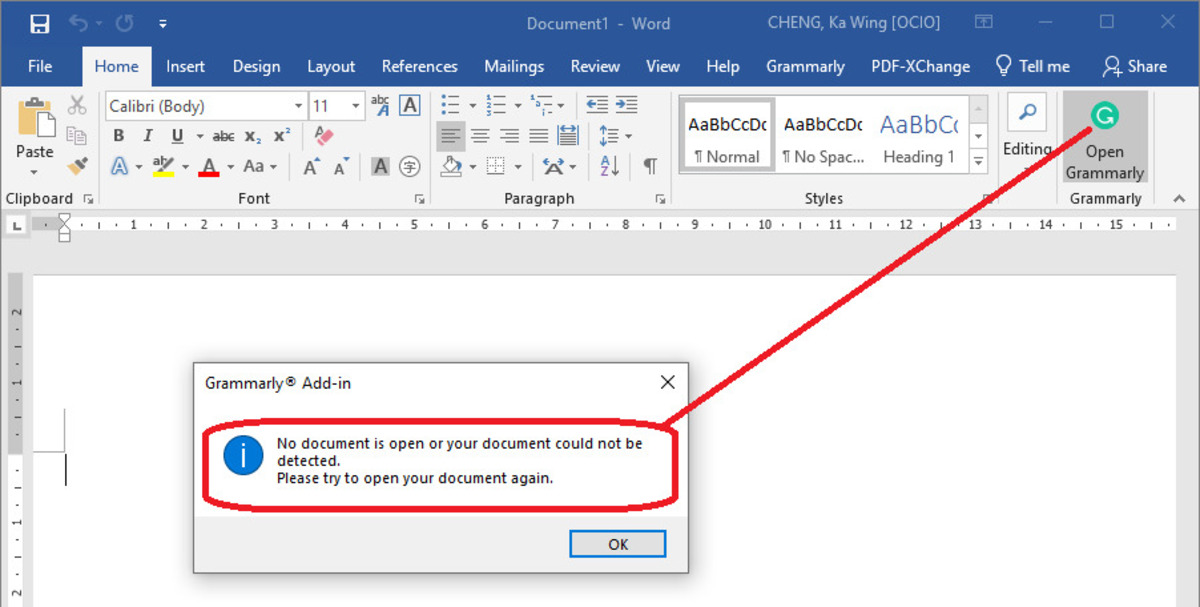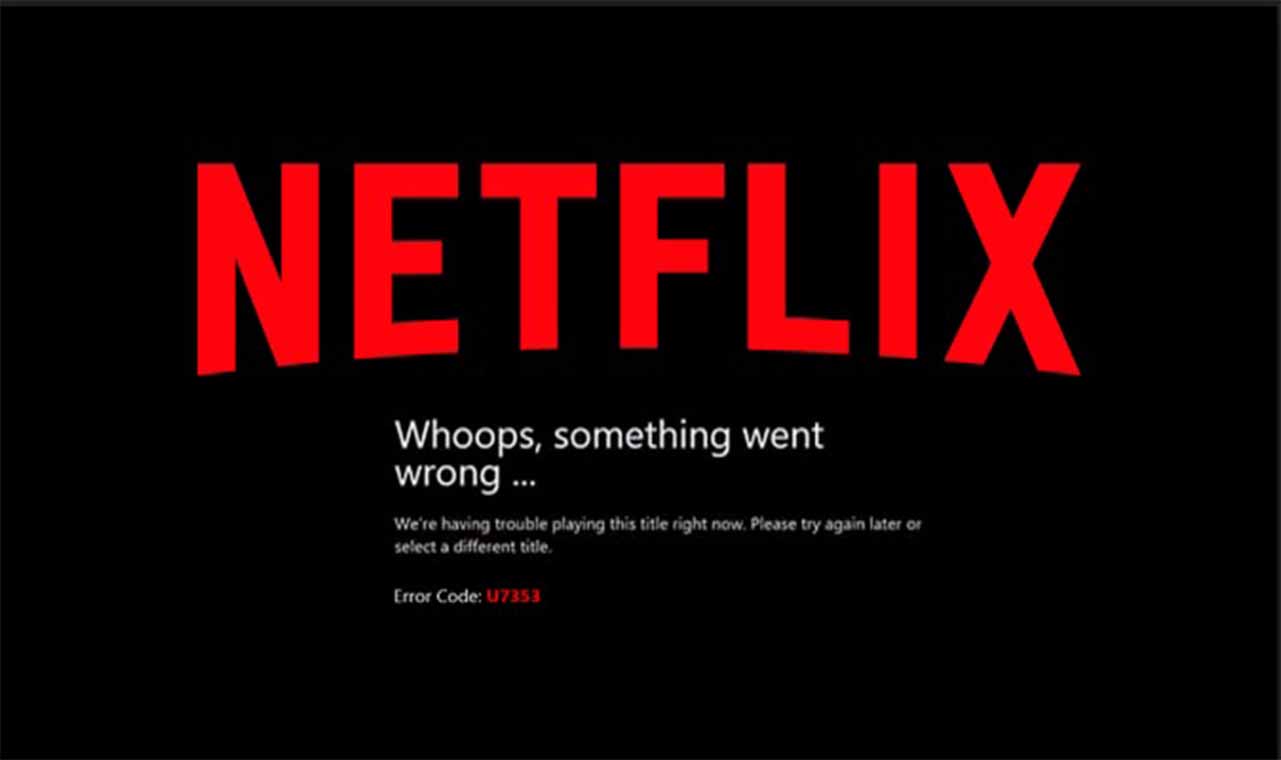Introduction
Having a capture card allows you to record and stream gameplay, create content for YouTube or Twitch, and share your gaming experiences with others. However, experiencing difficulties with your capture card can be frustrating, especially when you are eager to start recording or live streaming.
In this article, we will explore common reasons why your capture card may not be working as expected. We will delve into possible hardware and software issues, check system requirements, discuss driver updates, and guide you through the process of configuring your capture card settings. Additionally, we will offer troubleshooting tips to address common problems you may encounter.
Before we begin troubleshooting, it’s important to note that different capture cards may have unique features and configurations. While the general troubleshooting steps outlined in this article apply to most capture cards, it’s always a good idea to refer to the specific instructions provided by the manufacturer.
Now, let’s dive into the possible reasons why your capture card isn’t working properly and how to resolve these issues. By following the steps outlined in this article, you’ll be back to capturing and sharing your gaming moments in no time!
Possible Hardware Issues
When your capture card isn’t working as expected, there could be several hardware-related factors contributing to the problem. Here are some potential hardware issues to consider:
1. Connection Problems: Ensure that all cables and connections between your capture card, gaming console, and computer are secure. Loose connections can prevent the proper transmission of audio and video signals, leading to a malfunctioning capture card.
2. Incompatible Hardware: Check if your capture card is compatible with your gaming console and computer. Different capture cards support specific gaming consoles or have system requirements that must be met. Verify that your hardware meets the specifications recommended by the manufacturer.
3. Faulty Hardware: It’s possible that your capture card itself may be defective. If you’ve ruled out connection problems and compatibility issues, consider testing the capture card on another computer or console to determine if it’s functioning correctly. If it’s still not working, contacting the manufacturer or retailer for assistance or a possible replacement may be necessary.
4. Power Supply Problems: Some capture cards require external power sources, such as USB hubs or AC adapters. Ensure that your capture card is receiving adequate power. If you’re using a USB hub, try connecting the capture card directly to the computer’s USB port to eliminate any power-related issues caused by the hub.
5. Overheating: Intensive use of a capture card can lead to overheating, resulting in performance issues or system crashes. Make sure that your capture card is properly ventilated and not obstructed by other devices. Consider using cooling pads or fans to alleviate any potential heat buildup.
By addressing these hardware issues, you can eliminate potential obstacles that may be causing your capture card to malfunction. Keep in mind that specific capture card models may have unique troubleshooting steps provided by the manufacturer, so consulting their documentation or support resources can be beneficial.
Possible Software Issues
When your capture card isn’t working properly, software-related issues may be to blame. Here are some potential software-related factors that could be affecting the performance of your capture card:
1. Outdated Software: Ensure that you have the latest drivers and software installed for your capture card. Manufacturers frequently release updates that improve compatibility and address known issues. Visit the manufacturer’s website to download and install the most up-to-date drivers and software for your specific capture card model.
2. Conflicting Software: Check for any software conflicts that could interfere with your capture card’s functionality. Other applications running in the background, such as screen recording software or streaming software, might conflict with your capture card software. Temporarily disable or close these programs and see if the capture card starts functioning correctly.
3. Security Software: Antivirus or firewall software can sometimes mistakenly flag capture card drivers or software as malicious, preventing them from working correctly. Temporarily disable or adjust the settings of your security software to see if it resolves the issue. Remember to re-enable your security software afterward to maintain system protection.
4. Operating System Compatibility: Ensure that your operating system is compatible with your capture card. Some capture cards may have specific compatibility requirements, such as a particular version of Windows or macOS. Check the manufacturer’s documentation to confirm that your operating system is supported.
5. Resource Intensive Processes: Resource-intensive tasks running in the background, such as software updates, downloads, or resource-heavy applications, can impact the performance of your capture card. Close any unnecessary applications and processes to free up system resources and improve the capture card’s performance.
By addressing these potential software issues, you can resolve any software-related problems that may be preventing your capture card from functioning properly. If you’ve followed the troubleshooting steps outlined in this section and are still experiencing issues, it may be necessary to contact the manufacturer’s technical support for further assistance.
Checking System Requirements
One essential step in troubleshooting your capture card issues is to ensure that your system meets the necessary requirements. Here’s what you should check:
1. Hardware Specifications: Verify that your computer meets the minimum hardware specifications recommended by the capture card manufacturer. This includes factors such as processor speed, RAM, and available USB ports. If your system falls short of the requirements, consider upgrading the necessary components.
2. Operating System Compatibility: Confirm that your operating system is compatible with the capture card. Some capture cards may only be compatible with specific versions of Windows, macOS, or Linux. Check the manufacturer’s website or documentation for information on supported operating systems.
3. Available Storage Space: Determine if you have sufficient storage space to accommodate captured videos and other media files. Capture cards often require significant storage for recording and saving gameplay footage. If your storage is limited, consider freeing up space or adding external storage options.
4. Graphics Card Requirements: Check the recommended graphics card specifications for your capture card. Some capture cards rely on the processing power of your graphics card to capture and display video smoothly. Ensure that your graphics card meets or exceeds the minimum requirements specified by the manufacturer.
5. Internet Connection: If you plan to stream your gameplay, ensure that you have a stable and reliable internet connection. A high-speed internet connection is crucial for smooth streaming and preventing latency or buffering issues.
By verifying that your system meets the necessary requirements, you can ensure optimal compatibility and performance with your capture card. If any of the requirements are not met, consider making the necessary hardware or software upgrades to meet the recommended specifications.
Updating Drivers
Outdated drivers can often cause issues with the functionality of your capture card. To ensure that your capture card is working correctly, it’s important to keep your drivers up to date. Here’s how you can update your drivers:
1. Identify the Capture Card Model: Find out the exact make and model of your capture card. This information can typically be found on the card itself or in the device’s documentation.
2. Visit the Manufacturer’s Website: Go to the official website of the capture card manufacturer. Look for a support or downloads section on their website, where you can find the latest driver updates for your specific model.
3. Download and Install the Latest Drivers: Locate the correct driver for your capture card and download it. Make sure to choose the driver that matches your operating system. Once downloaded, run the installer and follow the on-screen instructions to install the drivers on your computer.
4. Restart Your Computer: After the driver installation is complete, restart your computer. This step ensures that the new drivers are properly integrated into your system.
5. Test the Capture Card: Once your computer has restarted, test your capture card to see if the issues have been resolved. Capture some video footage or try live streaming to ensure that it is functioning correctly.
Regularly checking for driver updates and installing them as needed can help prevent compatibility issues and ensure optimal performance of your capture card. Some manufacturers also offer software utilities that can automatically check for driver updates and install them for you.
If you’re still experiencing issues after updating the drivers, consider uninstalling the current drivers completely and performing a clean installation. Follow the manufacturer’s instructions or seek assistance from their support resources for guidance on properly uninstalling and reinstalling the drivers.
Configuring Capture Card Settings
Once you’ve ensured that your hardware and software are in working order, it’s time to configure the settings of your capture card. Here are some key steps to follow:
1. Open Capture Card Software: Launch the software that came with your capture card or download the recommended software from the manufacturer’s website. This software will provide you with options to adjust various settings and preferences.
2. Select Input Source: Choose the correct input source in the capture card software to match the device you want to capture from, such as a gaming console. This ensures that the capture card is receiving the correct audio and video signals.
3. Set Video and Audio Quality: Adjust the video and audio quality settings in the capture card software according to your preferences and requirements. You can usually set the resolution, frame rate, and audio bitrate to optimize the captured footage.
4. Configure Recording or Streaming Options: Determine whether you want to record your gameplay or stream it live. Configure the necessary settings in the capture card software, such as the destination folder for recorded videos or the streaming platform you want to use.
5. Test and Fine-tune: Capture a short video or start a test stream to check if the settings are producing the desired results. Monitor the video and audio output to ensure that everything is performing as expected. If needed, make further adjustments to the settings based on the test results.
6. Save Preferences: Once you are satisfied with the configuration of your capture card settings, save the preferences within the software. This way, you won’t need to repeat the settings each time you use the capture card.
Remember, the specific options and settings available in the capture card software may vary depending on the manufacturer and model of your capture card. It’s recommended to consult the documentation or resources provided by the manufacturer for detailed instructions on configuring the settings.
By properly configuring the settings of your capture card, you can ensure the highest quality recording or streaming experience, tailored to your specific needs and preferences.
Troubleshooting Common Problems
Even with proper hardware and software setup, it’s possible to encounter some common problems when using a capture card. Here are some troubleshooting steps to help resolve these issues:
1. No Signal or Black Screen: If you’re not getting a signal or experiencing a black screen when capturing, ensure that all cables are securely connected. Try different HDMI or AV cables to rule out any cable issues. Make sure the input source settings are correctly configured in the capture card software.
2. Audio Sync Issues: If your captured video has audio that is out of sync with the visuals, adjust the audio delay settings in the capture card software. Increase or decrease the delay time until the audio is properly synchronized with the video.
3. Video Quality Degradation: If you notice a decrease in video quality, check the video bitrate settings in the capture card software. Ensure that the bitrate is set to an appropriate value that matches your desired output quality and the capabilities of your system.
4. FPS Drops or Lag: If you’re experiencing a decrease in frame rate or lag during recording or streaming, check your computer’s resources. Close any unnecessary applications or tasks that might be consuming system resources. Lower the resolution or frame rate settings in the capture card software to reduce the workload on your system.
5. Audio Distortion or No Audio: If you’re experiencing audio distortion or no audio during capture, check the audio settings in the capture card software. Ensure that the correct audio input source is selected, and check for any audio enhancements or filters that might be causing the distortion. Try testing the capture card with a different audio source to determine if the issue is specific to one input device.
6. Capture Card Not Recognized: If your capture card is not being recognized by your computer, try the following steps: check the connections and ensure the capture card is properly connected and powered on, restart your computer, update the drivers for the capture card, and try connecting the capture card to a different USB port or using a different USB cable.
If you’re still experiencing issues after attempting the troubleshooting steps outlined in this section, it’s recommended to consult the documentation or seek assistance from the manufacturer’s technical support. They can provide further guidance and help troubleshoot specific problems related to your capture card model.
Contacting Technical Support
If you’ve exhausted all available troubleshooting steps and are still facing issues with your capture card, it may be time to reach out to the technical support team. Here’s what you should do when contacting technical support:
1. Gather Information: Before reaching out to technical support, gather all relevant information about your capture card, including the make, model, and any error messages or symptoms you are experiencing. This information will help the support team better understand your issue and provide more accurate assistance.
2. Check the Manufacturer’s Support Resources: Visit the manufacturer’s website and explore their support section. Often, you will find helpful guides, FAQs, and troubleshooting articles that can help you resolve common issues without needing to contact support directly.
3. Contact Options: Look for the preferred method of contact provided by the manufacturer. They may offer options such as email, live chat, or phone support. Choose the method that suits your preferences and provides the fastest response time.
4. Describe the Issue: When contacting technical support, clearly describe the issue you are encountering, providing as much detail as possible. Include information about the steps you’ve already taken to troubleshoot the problem. This will help the support team understand the context and provide appropriate guidance.
5. Follow Support Recommendations: Once you’ve contacted technical support, they may suggest additional troubleshooting steps or request specific information or diagnostics. Follow their instructions carefully and provide any requested information promptly. This will help streamline the support process and increase the chances of resolving the issue effectively.
6. Document Case Details: Keep a record of your interactions with technical support, including the date and time of contact, names of support representatives, and any case numbers or reference numbers provided. This information can be valuable for future reference or follow-up, if required.
Remember to remain patient and polite when communicating with technical support. They are there to assist you and resolve the issue to the best of their abilities. If the initial support representative is unable to resolve the problem, ask if there is a higher tier of support or specialist who can provide further assistance.
By reaching out to technical support, you can tap into their expertise and get personalized guidance to address your capture card issues. Their knowledge and experience can often provide valuable insights and solutions to ensure you can fully enjoy the capabilities of your capture card.
Conclusion
Having a capture card can bring your gaming experiences to life by allowing you to record and share your gameplay with others. However, encountering issues with your capture card can be frustrating. By following the troubleshooting steps outlined in this article, you can address both hardware and software-related problems, check system requirements, update drivers, configure settings, and resolve common issues.
Start by checking for hardware-related issues such as loose connections, compatibility problems, or faulty hardware. Ensure that your system meets the necessary requirements for your capture card and that you have the latest drivers installed. Take the time to configure the settings of your capture card software to optimize performance and output quality.
If troubleshooting on your own doesn’t resolve the issue, don’t hesitate to reach out to the manufacturer’s technical support for further assistance. They can provide expert guidance tailored to your specific capture card model and resolve any unresolved problems.
Remember, patience is key when troubleshooting, and documenting your interactions with technical support can be helpful for future reference. With perseverance and the appropriate troubleshooting steps, you can overcome the obstacles and get your capture card working as intended, allowing you to capture and share your gaming moments with the world.







